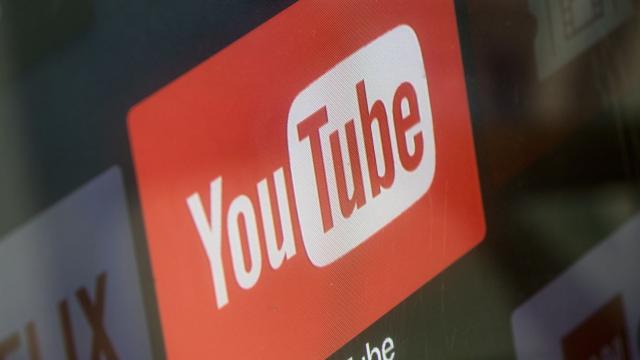The number of issues plaguing YouTube at any one time boggles the mind, and range from accusations it promotes extremist content to reports its nightmare algorithm recommended home videos of children to the pedophiles infesting its comments sections.
One of the less overtly alarming but still widespread issues has been the shoddy state of its copyright infringement claims system, which report after report have repeatedly indicated is trivially abused to file false claims, extort creators, and generally make YouTubers’ lives hell.
Earlier this year, CEO Susan Wojcicki flagged addressing this as one of her priorities in 2019.
On Wednesday, YouTube announced that a number of changes to the manual portion of its copyright claim system (which is separate from its automatic Content ID systems that check for violations) intended to make it less prone to abuse have now been rolled out.
The biggest change is that anyone filing such a copyright claim will have to enter exact timestamps of the alleged violation, which is intended to prevent copyright holders from flagging entire videos in violation willy-nilly:
Just as you would if you receive an automatic claim from our Content ID matching system, you’ll now see timestamps in Creator Studio when you get a manual claim.
Check out the Video Copyright Info page in YouTube Studio that offers a visualisation of where the manually-claimed content appears in your video, and also, it provides more info about the content being claimed. We’ll be evaluating the accuracy of these timestamps.
This is important because creators previously could be left in the dark as to precisely which content was supposedly infringing, whether the video was 10 seconds or multiple hours.
YouTube added that it will be reviewing the accuracy of timestamps and “copyright owners who repeatedly fail to provide accurate data will have their access to manual claiming revoked.” (This seems kind of like something that should have already been happening, but ok.)
Additionally, YouTube wrote that tools to bring videos into copyright compliance, including muting all sound while a claimed song plays, replacing it with “one of our free-to-use songs from the YouTube Audio Library,” or trimming the section out, have been streamlined.
While these methods were already available, creators can now use the timestamps to quickly identify which portions of a video need to be changed and fix them.
These changes will provide some much-needed clarity for YouTubers plagued by copyright claims, but they notably don’t do much to level the playing field between rights holders and individuals claiming fair use of material for purposes like criticism, education, news, or research.
As digital privacy and free speech nonprofit Electronic Frontier Foundation explains, under the U.S. Digital Millennium Copyright Act of 1998 (DMCA) digital service providers like YouTube are given protections against copyright infringement liability if they have a “notice-and-takedown” system.
That creates legal and financial incentives for platforms to prioritise aggressive policing of alleged infringement, which creates a fundamental tension with users who insist their use of copyrighted materials is incidental or otherwise falls under fair use guidelines.
YouTube is infamously bad at arbitrating these issues, and as the Week wrote in 2016, people or corporations “who routinely do not prove or even check whether content is fair use before issuing the claim” have run rife and use the system for purposes like censoring critics or trying to monetise content that isn’t rightfully theirs.
While hopefully these changes make an impact, timestamps alone aren’t going to fix it. YouTube noted in its announcement that it’s “always looking to find ways to improve the creator copyright experience while also balancing the rights of copyright owners” and there will be “more to come.”
